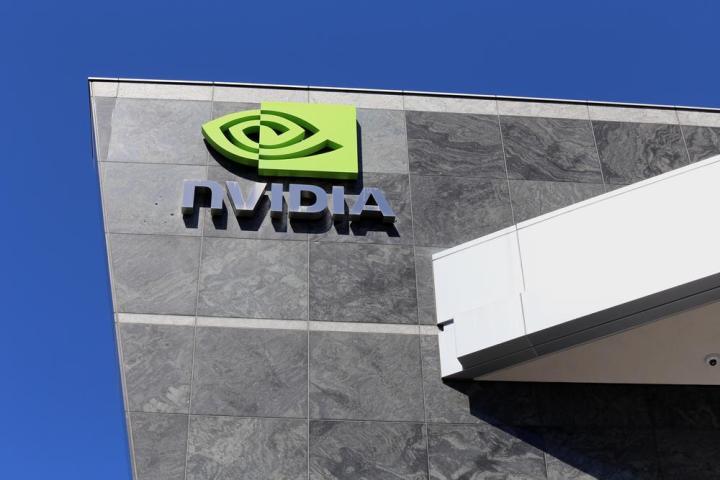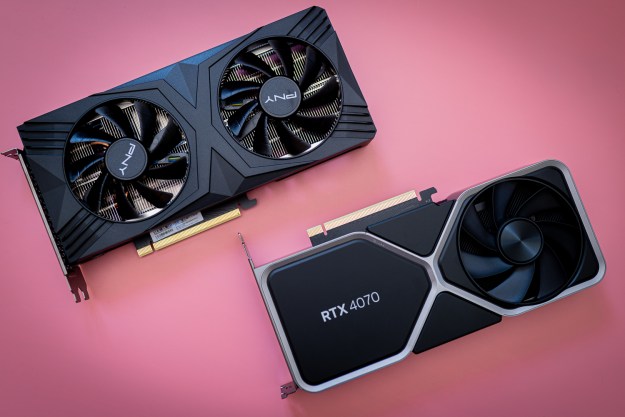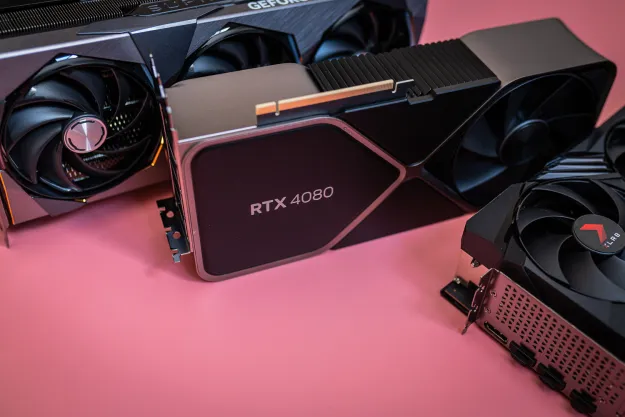
Early word suggested that TSMC and Samsung might work together to manufacture the GPU, according to reporting from Business Korea. However, it seems that Samsung’s relative inexperience in the field led Nvidia management to pursue an exclusive contract with TSMC.
TSMC operates the world’s largest dedicated independent semiconductor foundry, which has allowed the company to take on large-scale projects like production of Apple’s A8 processor. That component’s successor, the A9, was manufactured by both Samsung and TSMC in unison.
This contract is likely to be a major boon for TSMC, as Pascal has long been anticipated as the start of a new generation of graphics cards for Nvidia. The company has used a 28-nm die size for its previous architectures, but that will be changed to FinFET 16-nm with Pascal.
Compared to previous manufacturing techniques, the FinFET 16-nm process uses a fin structure that allows for more conducting channels — this apparently will allow the component to house up to 17 billion transistors while maintaining a smaller physical size.
Given that Nvidia is one of the most prominent GPU manufacturers in the world, a project like Pascal has the potential to make quite an impact on the marketplace. The fact that TSMC seems to have landed the job of building Pascal would seem to suggest that Nvidia is on schedule to ship the product in 2016.
While the company has remained cagey regarding a specific release date, 2016 has long seemed like the target year for Pascal to hit shelves. Back at the 2014 GPU Technology Conference, Nvidia confirmed that this was the intention, and as such it was expected that the most we would hear about the project this year would be rumours.
As 2015 draws to a close, the selection of TSMC seems to signal that more Pascal news is on the horizon. It remains to be seen whether the GPU will be as revolutionary as early reports might have suggested, but the manufacturing differences alone demonstrate that this is new ground for Nvidia.
Editors' Recommendations
- I’ve reviewed every AMD and Nvidia GPU this generation — here’s how the two companies stack up
- AMD finally has a strategy to beat Nvidia’s DLSS
- This underrated AMD GPU beats the RTX 4070 Ti Super
- Intel just called out Nvidia
- What AMD needs to do to beat Nvidia in 2024



